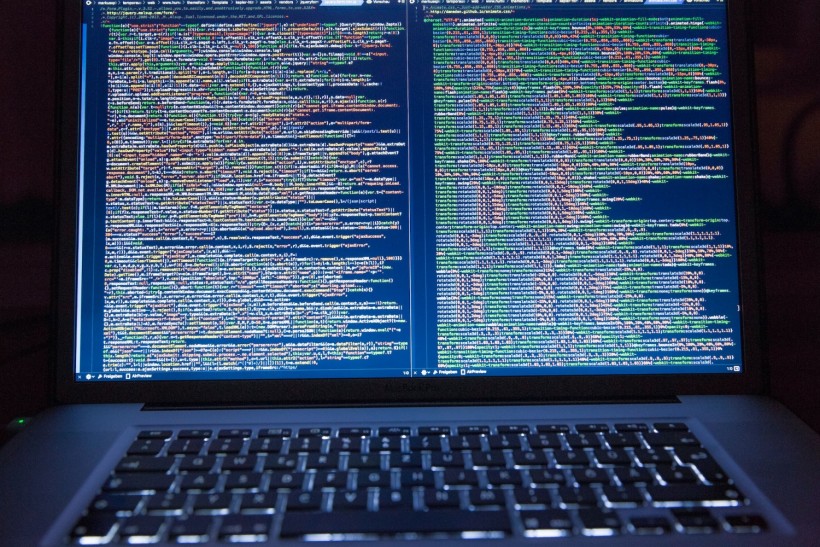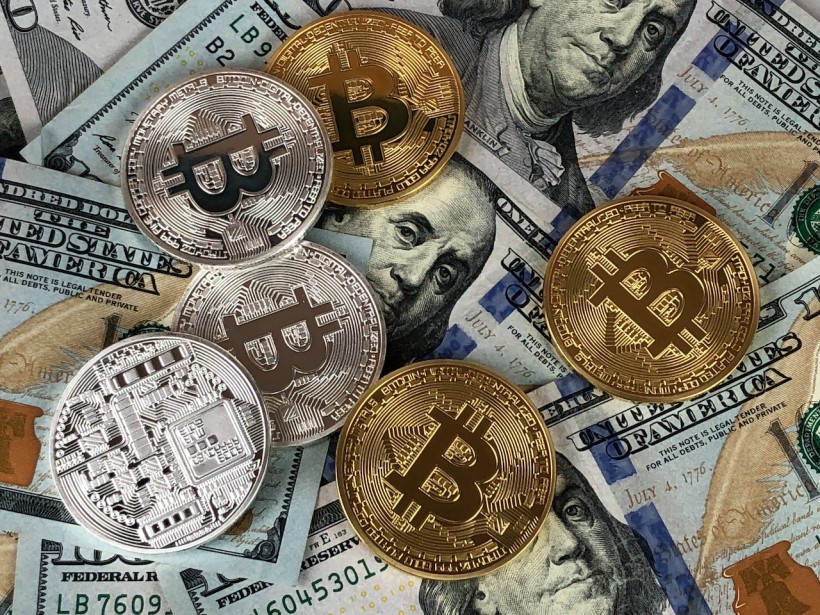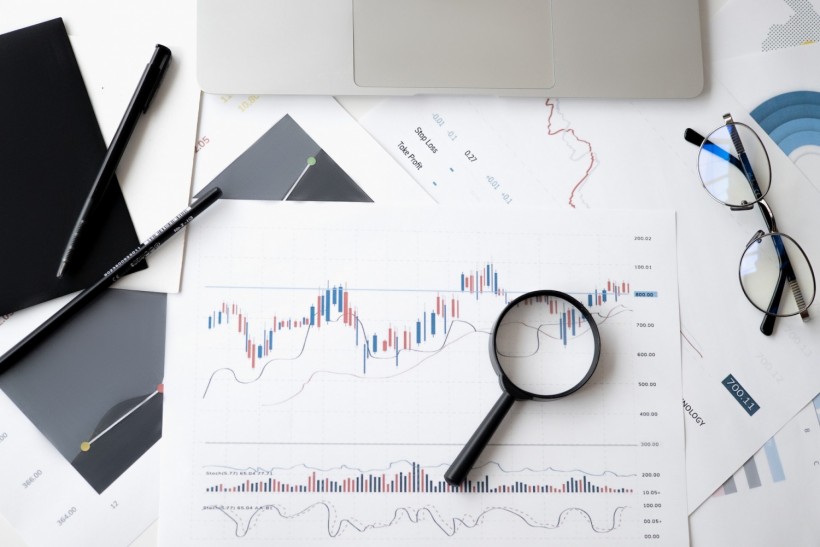
(Photo : Ivan Babydov from Pexels)
Blockchain technology has widely been recognized as the "technology of the future." This is because blockchain promises to decentralize information and distribute it across a network of computers.
Today, blockchain technology is mostly based on the principles of cryptography and peer-to-peer networks. This type of structure solves many current problems in the financial system, while greatly improving transaction speeds and lowering costs.
As the use of blockchain becomes more prevalent throughout many different industries, we can expect to see significant money transfer overhauls, along with an increasingly decentralized banking service sector.
Now, with that said, let's take a look at how blockchain technology will revolutionize banking!
Network of Networks
The blockchain is a decentralized network, which means that it is made up of individual computers that are all connected together in a peer-to-peer fashion. This technology, mostly driven by Bitcoin trading, is often run by AI robots.
This means that no one person or organization can control the data or information stored on the blockchain. Instead, it's distributed among all participants in the system. That's why we call it today the Network of Networks.

The decentralized nature of the blockchain has many benefits:
-
It makes transactions faster and more secure because there's no need for third-party verification;
-
It reduces costs by cutting out middlemen; and
-
It improves transparency because all transactions are recorded publicly on an open ledger.
In the case of Bitcoin, the blockchain is used to record transactions that are made on the Bitcoin network. These transactions are stored in blocks, which are linked together in chronological order to form a chain of blocks.
Each block contains data about a transaction, including information about who made the transaction and how much money was transferred from one account to another.
Appliance in Finance
The blockchain can store data in a way that makes it impossible for anyone to tamper with or change. This makes it useful for storing financial transactions and other forms of information.
Here are the main fields of blockchain appliances in the finance industry.
1. Security
Blockchain technology can be applied in the financial sector to improve security. This is because it is an immutable and decentralized ledger that records transactions with the use of cryptography.

This means that the information cannot be altered or deleted, which makes it difficult for hackers to break into.
With blockchain, financial transactions are recorded on a public ledger that is available to all parties involved in the transaction. This means that any attempt at fraud or embezzlement can be easily detected by comparing the ledger with the accounts of all parties involved.
It also means that those who hold sensitive information about an account holder's funds cannot be coerced into revealing information about them without putting themselves at risk.
2. Payments
The blockchain is a decentralized ledger that records transactions between two parties efficiently and in a verifiable and permanent way. It's the technology behind cryptocurrencies like Bitcoin.

The blockchain can be used to make payments without needing a third party, such as a bank or credit card company. The sender and recipient can interact directly with each other without having to rely on intermediaries.
The promise of the blockchain is to allow you to send money directly from person A to person B. No intermediary is required, which could reduce costs and increase speed.
3. Credits and Loans
Blockchain technology can be applied in the finance sector to provide credits and loans which are more secure and have lower interest rates and fees.
This is because of the distributed ledger system that blockchain offers. It facilitates transactions from one party to another without involving any third party.
The transactions are recorded on a database called blockchain which is stored on thousands of computers simultaneously, making it difficult for anyone to hack into it or manipulate the data stored there.
4. Settlement and clearance systems
This is where the blockchain reduces operational costs by eliminating intermediaries. For example, when a bank receives money from a customer, they can use blockchain technology to process this transaction without having to go through third-party intermediaries.
They can simply send this information directly to other banks so they can also receive their payments. This saves time and money by cutting down on processing time, which would otherwise require multiple steps.
Banks can use this technology to create their own applications that are tailored specifically to their needs and processes, instead of relying on third-party solutions like SWIFT or RippleNet.
5. Assets trading
Blockchain technology can be used to increase efficiency in the trading of assets. It can eliminate the need for a centralized third party, which is needed to oversee transactions in today's financial systems.
It's important for investors to be aware of how these technologies work together in order to ensure that they are making smart investments with their money. One example of this is Bitcoin Bank which is used is to buy Bitcoin at a low price and sell it for a profit later.
This leads to more transparency since it's easier to audit transactions on a blockchain than it would be with traditional systems.
It also makes it easier to transfer currency between parties across borders because they don't have to go through a bank or other intermediary that would charge them fees for their services.
6. Transparency
One of the problems with most forms of financial transactions is that they are often not as transparent as they should be. This means that it can be difficult for people to trust their finances and their investments.

The blockchain ensures that all parties involved in a transaction can see the details of what is being purchased, how much it costs, and who paid for it. This makes it possible for users to verify whether they have received payment or not.
Main Challenges
There are some drawbacks to using blockchain technology, though. Here are three disadvantages you should know about before making a decision about whether or not to use it:
-
Sometimes, there's a need for regulation
Blockchain can be used in many different industries, including banking, healthcare, and insurance. In some cases (like healthcare), these industries already have strict regulations that need to be followed by all companies working within them
If a company wants to use blockchain technology in its business processes or products without complying with these regulations, there could be serious legal consequences.
-
Money laundering and terrorism financing
You can use blockchain to move money around the world without regulators being able to detect it. This makes it attractive to criminals who want to hide their activities from law enforcement agencies.
Conclusion
The blockchain trend isn't just a flash in the pan. Businesses that have invested heavily in blockchain technologies have seen quite a bit of success, and even those that are just starting are seeing promising results.
It seems that the blockchain trend is here to stay, and in fact, it will likely be the driving force behind future banking innovations as we move forward.
* This is a contributed article and this content does not necessarily represent the views of hngn.com








